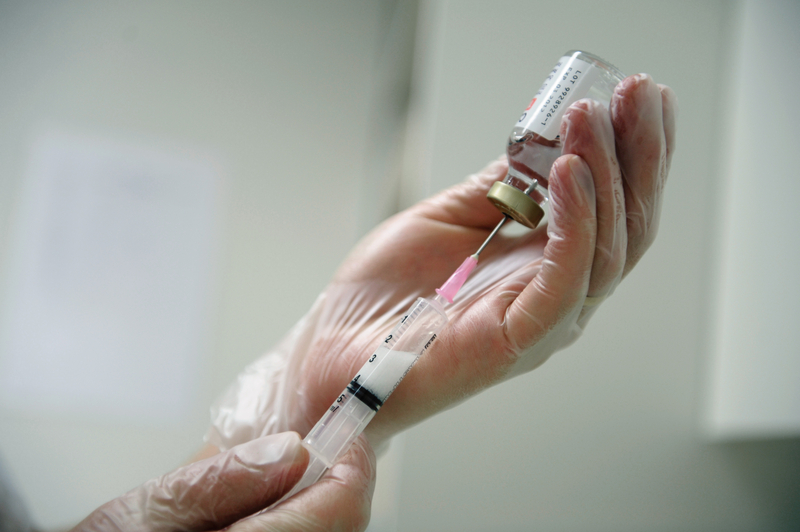Hospital confinement of patients due to unpaid bills remains a troubling trend in Kenya, particularly in the top facilities, causing many families grief after their recovery.
A number of hospitals have been called out for detaining patients due to unpaid medical bills, illustrating the effects of rising medical costs combined with a lack of employment to facilitate the services.
Kenyans in the informal sector are expected to contribute Sh500 per month to the National Health Insurance Fund (NHIF), while those in the formal sector can contribute up to Sh1,700 per month, depending on their salary scale.
According to reports, Kenyans are avoiding health insurance, which could help cover the costs of illness, treatment, and care, further increasing the amount spent on health services from their own pockets.
According to the Kenya Demographic Health Survey (KDHS) 2022, only one in every four Kenyans has some form of health insurance, with the country’s health insurance coverage standing at 20%.
By 2030, the government hopes to have 80 percent of the population enrolled in health insurance.
With 15.4 million members, the latest data shows that the NHIF has 8.8 million dormant members, forcing them to pay for medical services out of their own pockets.
The government has yet to switch from an individual contributory scheme to a household contribution model that will include all Kenyans regardless of employment status.
Meanwhile, Kenyan families continue to spend billions of dollars from their own pockets on health-care services funded by harambees, WhatsApp groups, M-Pesa, loans, the sale of land, and other assets.
Even with the availability of medical insurance plans such as the NHIF, this is the case.
Despite the State’s efforts to ensure financial protection, it is estimated that Kenyans spend Sh150 billion in out-of-pocket expenditures on health services each year, pushing nearly a million people into poverty.
According to available data, Kenya’s health expenditure per capita in 2019 was $83.41, up from $20.52 in 2000.
This figure is expected to have risen due to socioeconomic factors such as the high cost of treatment and drugs, household income, age, and education level, which is exacerbated for those living on less than $1 per day.
The situation raises further doubts about the government’s ability to achieve universal health coverage by 2030.
Out-of-pocket health spending increased to 26.6 percent in 2020, up from 24.3 percent in 2019, falling short of the World Health Organization’s (WHO) recommendation of 10%.
This is due in part to the low government expenditure on health, which remains at 11 percent, well below the “Abuja Declaration” target of 15 percent of the government’s budget for the health sector.
According to WHO, in order to achieve Universal Health Coverage (UHC) in low and middle-income countries by 2030, more than half of healthcare spending should be allocated to primary care, specifically human resources, infrastructure, and equipment.
Kenya’s treasury allocated Sh146.8 billion to the healthcare sector in FY 2022/2023, of which Sh62.3 billion was for UHC.
The health allocation is projected to increase to Sh148.29 billion from Sh122.52 billion in the draft budget policy statement for 2023, as the government hopes to scale up the universal health coverage program.


